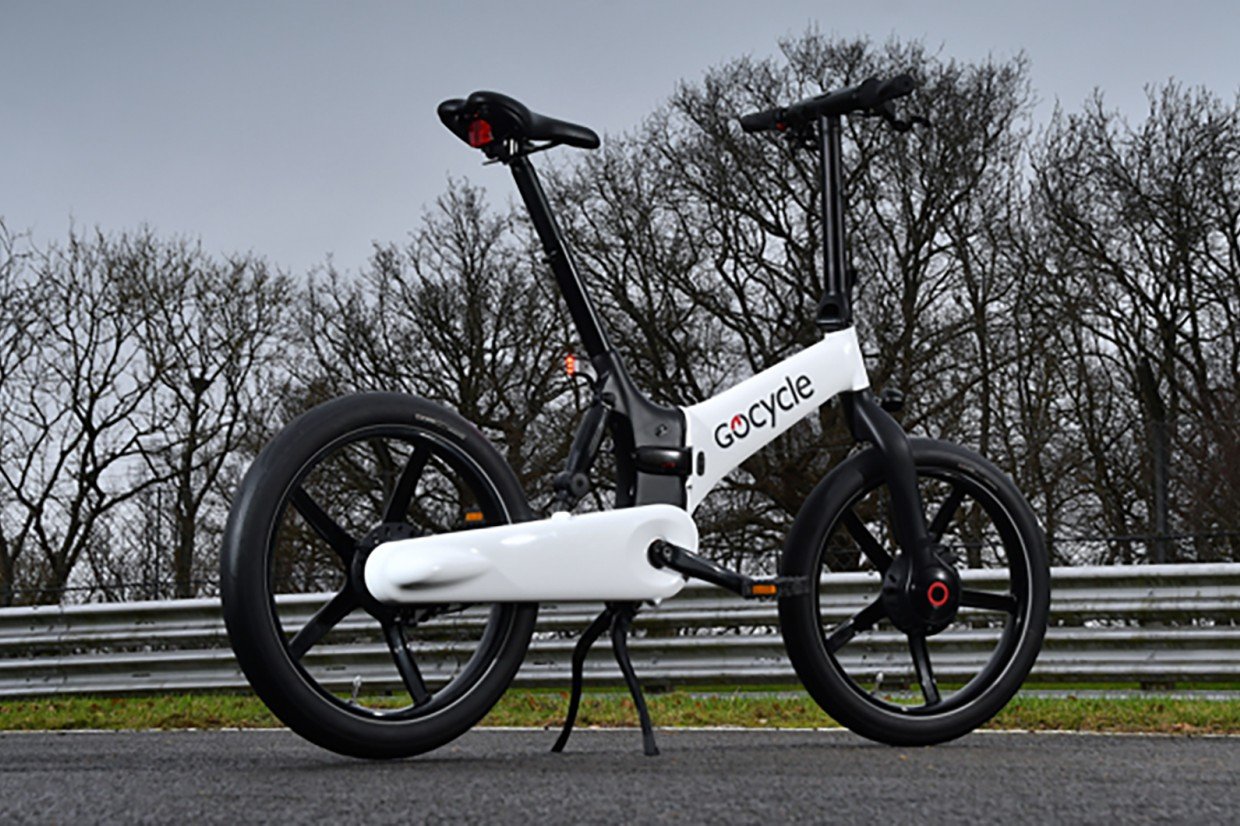Driverless cars have been making headlines, but are they truly ready for real-world use? While companies like Waymo continue to expand their services, unexpected incidents still raise concerns about safety and reliability.
One such incident went viral when a man in Arizona found himself stuck in a driverless taxi, endlessly circling a parking lot. The car failed to function as expected, leaving him stranded while curious bystanders watched. Although Waymo quickly released a software update to fix the issue, this event fueled public skepticism about self-driving technology.
This isn’t the first time driverless cars have faced setbacks. Waymo had to recall hundreds of vehicles last year after one crashed into a street pole. The National Highway Traffic Safety Administration (NHTSA) is also investigating multiple incidents involving Waymo cars. Rival companies have faced even bigger challenges—General Motors shut down its autonomous subsidiary Cruise after an accident, Apple abandoned its self-driving project, and Uber exited the race in 2020.
However, some major players are still pushing forward. Amazon-backed Zoox, Tesla, and Nvidia continue to invest in self-driving technology. Waymo remains the leader in the U.S., operating in cities like Phoenix, Los Angeles, and San Francisco, with plans to expand to Miami and Atlanta.
So, why is Waymo succeeding where others have failed? Experts believe the key factors are top engineering talent, financial backing from Google’s parent company Alphabet, and a structured approach that prioritizes safety and regulatory compliance. By working closely with authorities and refining processes, Waymo has managed to stay ahead.
Looking ahead, driverless services are more likely to launch in warm-weather cities like Texas and Florida, where weather conditions are favorable for self-driving technology. Harsh winters and snow remain significant obstacles, as autonomous cars struggle in extreme weather. Additionally, battery performance is better in warm climates, which is crucial for powering the advanced computing systems in self-driving vehicles.
Rolling out this technology city by city is a slow and labor-intensive process. Companies need to map streets extensively, test vehicles repeatedly, and manually adjust data before launching in a new location. Safety concerns also pose a major challenge—one major accident could halt progress and trigger regulatory crackdowns.
For self-driving trucks, safety is an even bigger concern. Unlike city-based robo-taxis, autonomous trucks operate at high speeds on highways. This requires advanced sensors, longer braking distances, and highly precise navigation systems. Companies like Plus, which partners with Amazon, Hyundai, and Volkswagen, are working to make autonomous trucks safer than human-driven ones.
Meanwhile, China is rapidly advancing in driverless technology. In Wuhan alone, Baidu operates over 500 autonomous taxis. Across the country, multiple companies are testing self-driving cars in over a dozen cities, making China a key player in the global race for automation.
As self-driving technology continues to evolve, one thing remains clear: we are all part of an ongoing experiment. Companies are refining their systems city by city, learning from each setback. While a fully driverless future may still be years away, progress is being made—one update at a time.




















